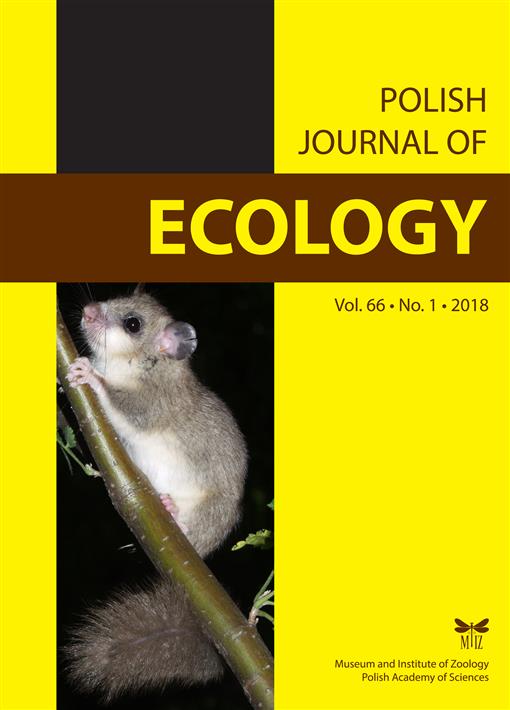Ranunculus sect. Batrachium is one of the most complicated taxonomic groups of aquatic plants. Difficulties of aquatic Ranunculus species delimitation according to morphological features are closely related to recognition of their communities, especially in running waters. The diversity of species in the phytocoenosis characterized by the predominance of Ranunculus species and the main physical-chemical factors of water were studied at 15 sites of 10 different-sized rivers of Lithuania. The rivers have met the criteria of the threatened habitats type 3260 (the EU classification). The communities dominated by R. fluitans and R. pseudofluitans were recorded in different river systems and were not found growing together. The environmental conditions also well separated the two communities. The association Ranunculetum fluitantis was distributed in the rivers on silicate substrates, in the waters with significantly higher flow velocity, but in about twice lower conductivity and alkalinity compared to community with Ranunculus pseudofluitans. The latter was found in the river situated in the gypsum karst area covered by watertight clay, with waters of higher alkalinity, conductivity, concentration of calcium ions and rich in nitrogen compounds. Abundance of nutrients (concentration of total phosphorus and total nitrogen) negatively affected abundance of both Ranunculus species.
BioOne.org will be down briefly for maintenance on 17 December 2024 between 18:00-22:00 Pacific Time US. We apologize for any inconvenience.
How to translate text using browser tools
1 April 2018
Floristic Structure of Two Batrachium Rich Plant Communities in Relation to Habitat Conditions in Rivers of Lithuania
Jurgita Butkuvienė,
Zofija Sinkevičienė,
Donatas Naugžemys,
Donatas Žvingila
ACCESS THE FULL ARTICLE

Polish Journal of Ecology
Vol. 66 • No. 1
March 2018
Vol. 66 • No. 1
March 2018




